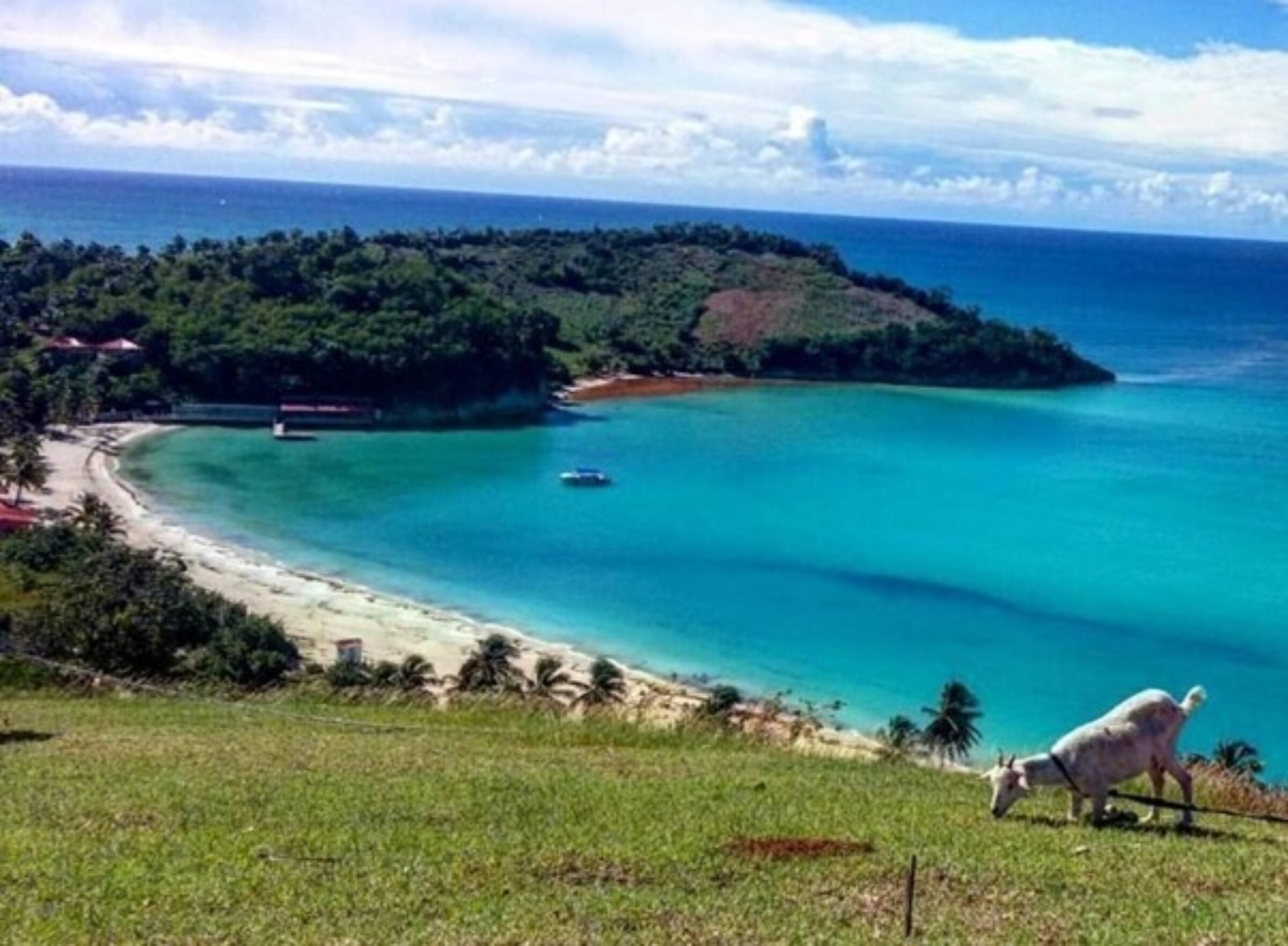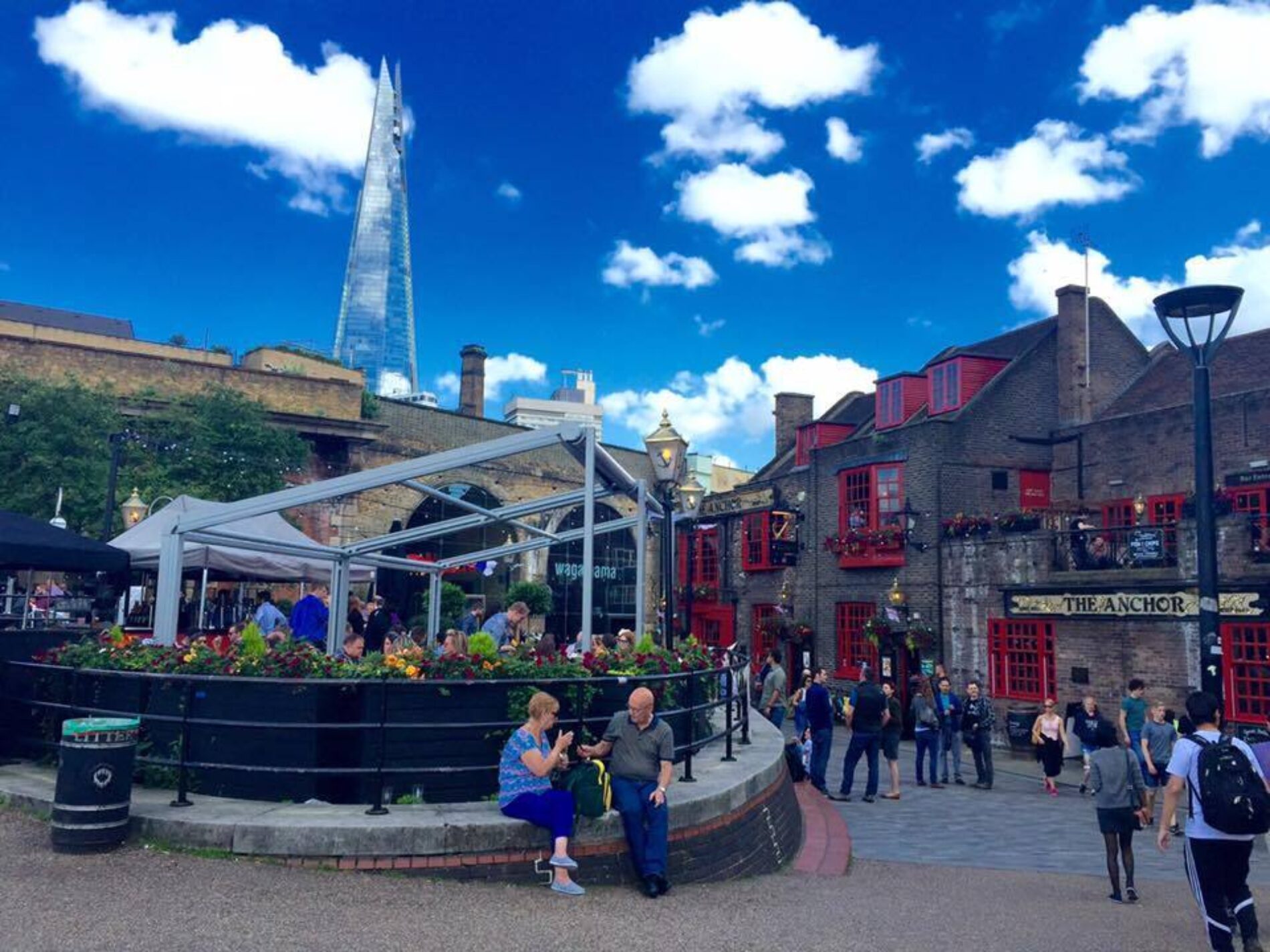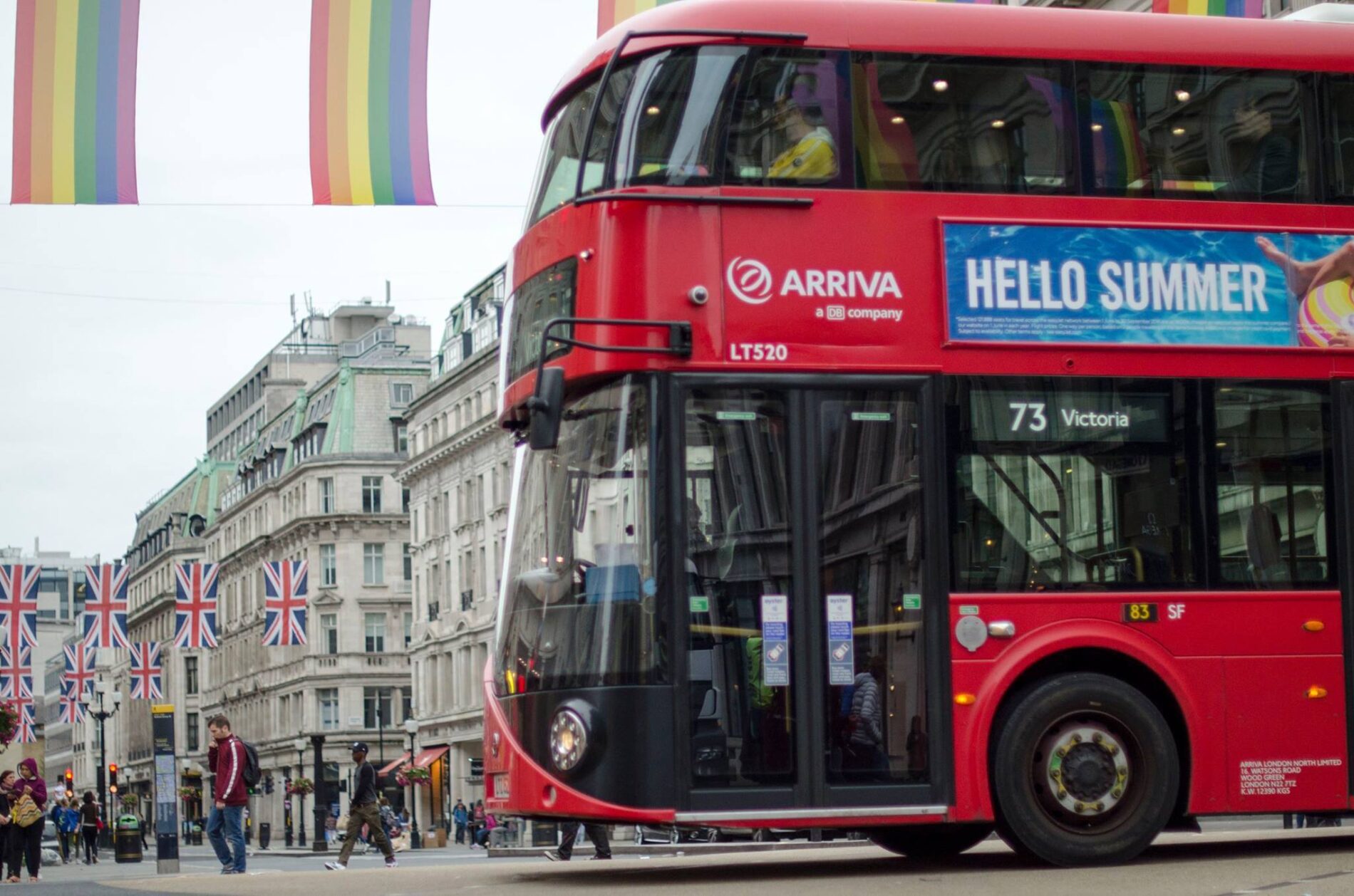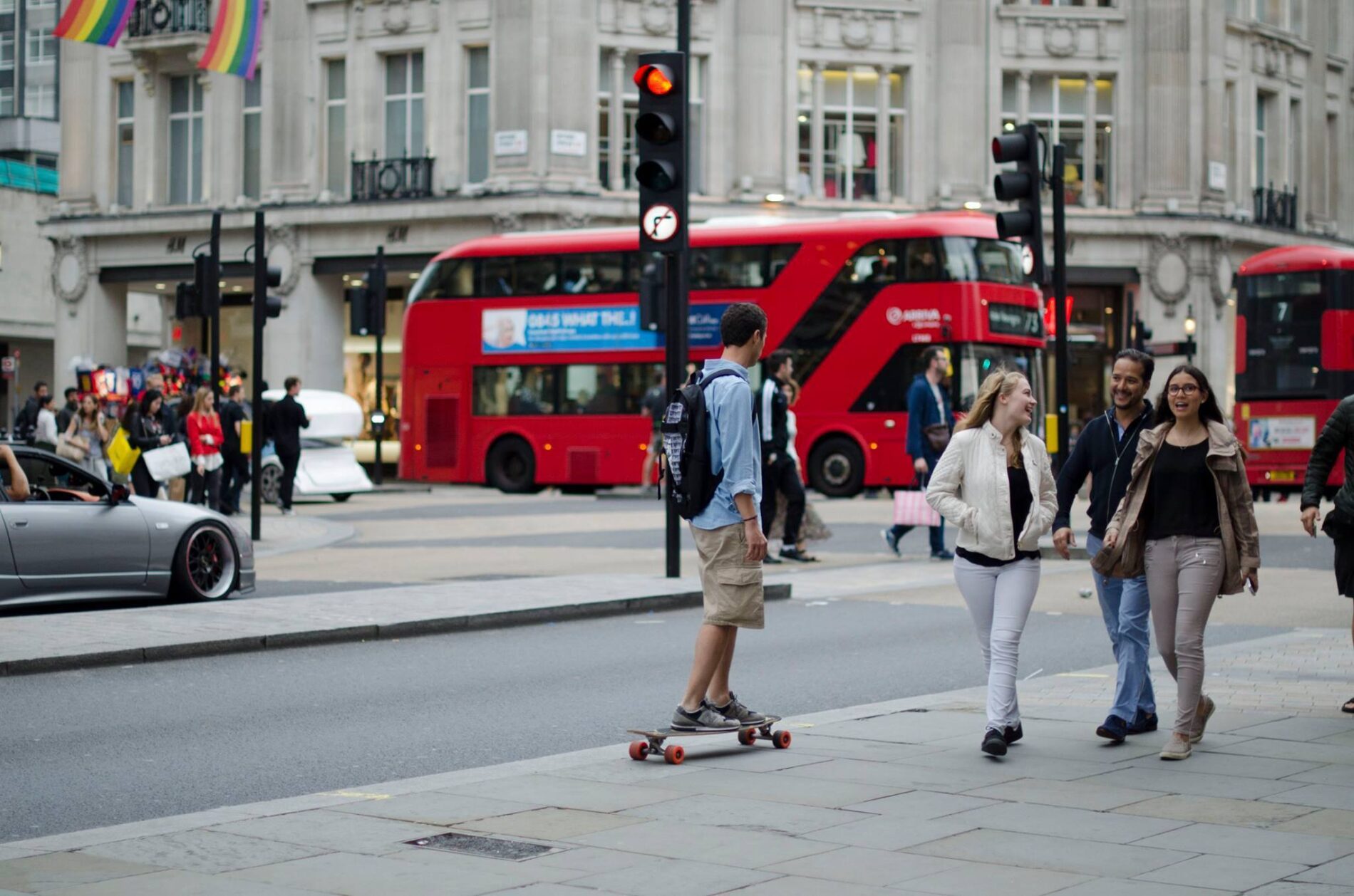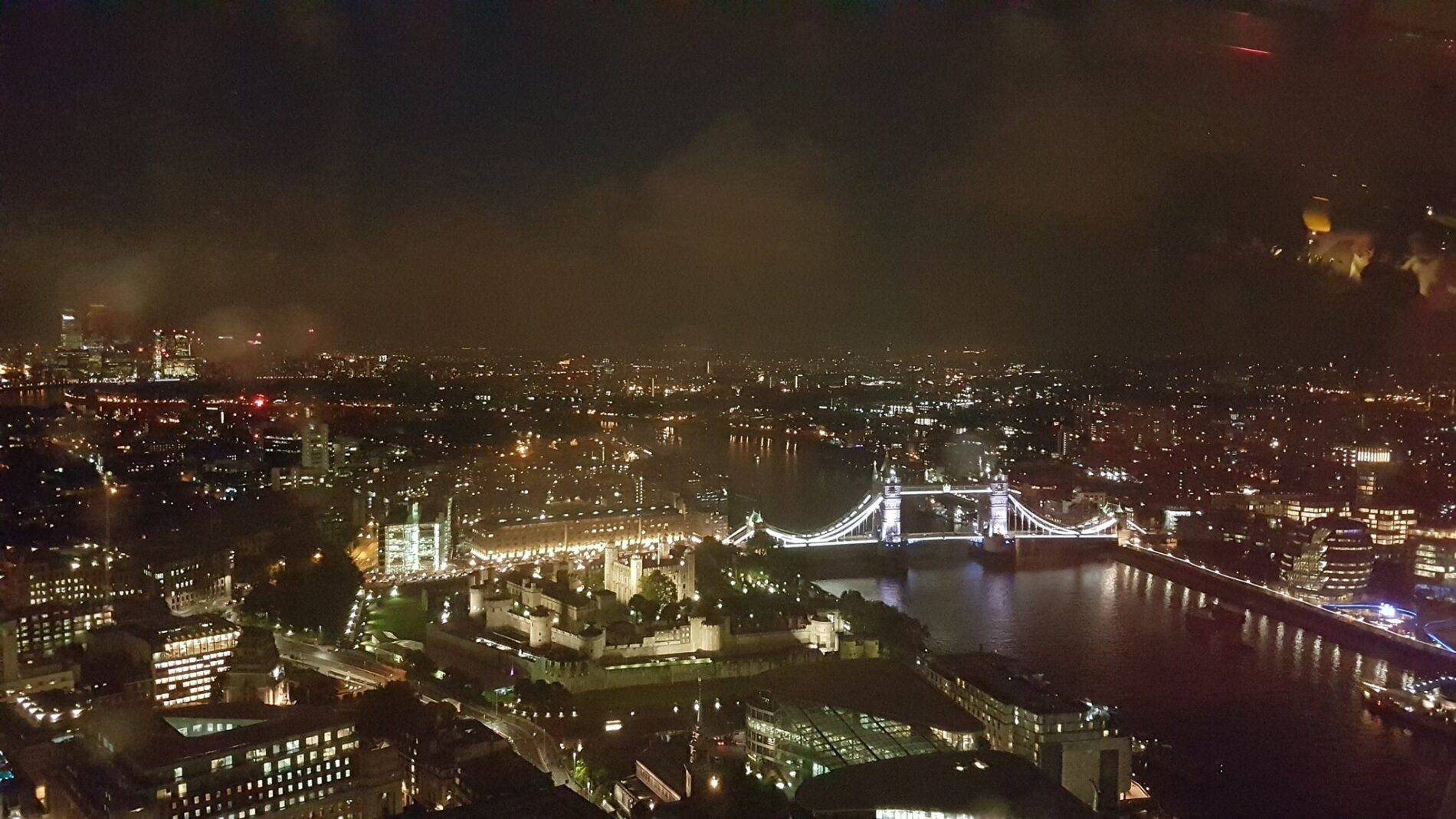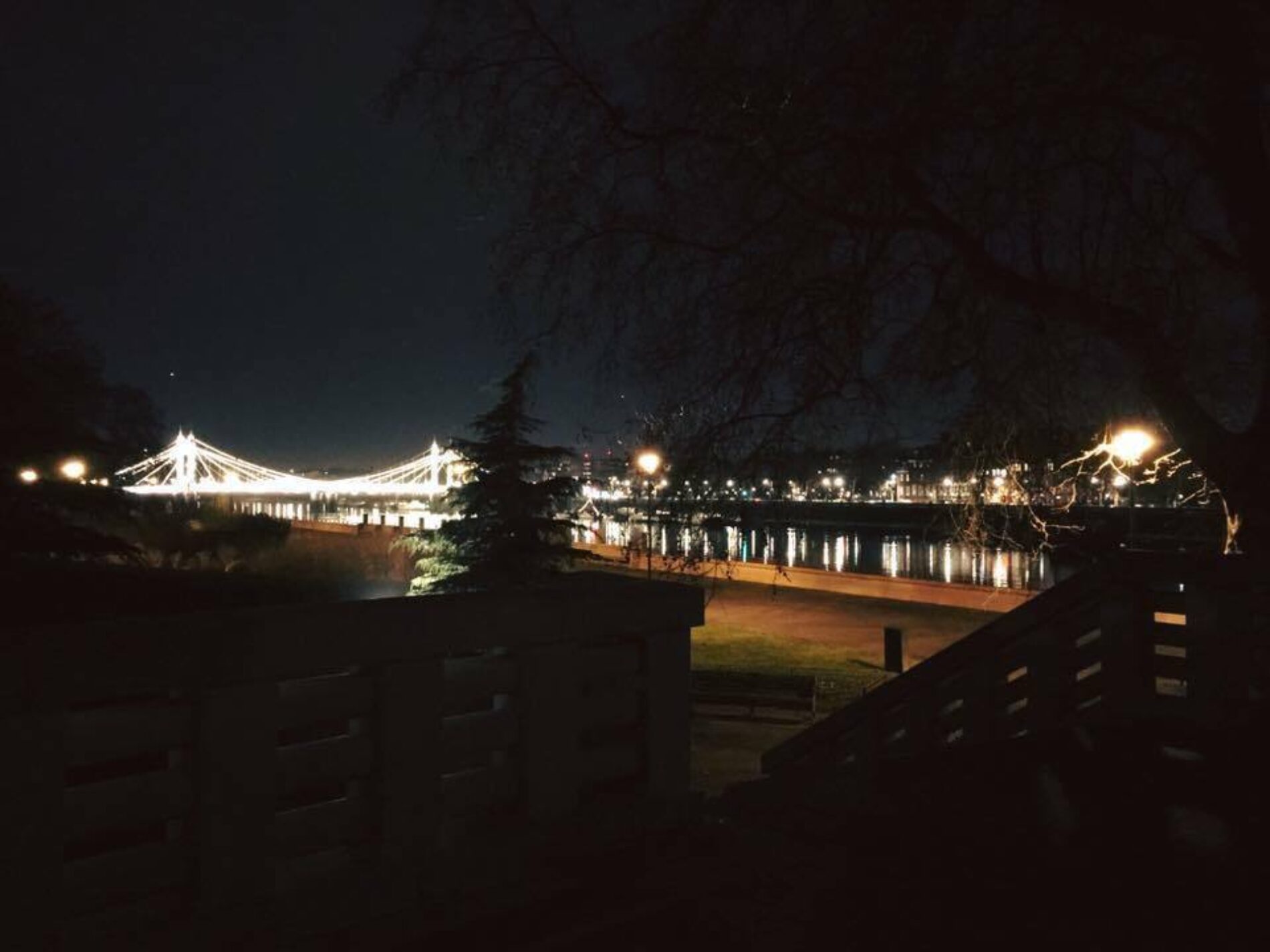We have interviewed our online one to one student, Wadner, about his home country, Haiti. Thank you Wadner for giving us the opportunity to discover Haiti and learn more about your country.
What is the capital of your country ? Which language(s) do you speak ?
Port-au-Prince is the capital city of my country. The capital, chief port, and commercial centre of the West Indian republic of Haïti. It is situated on a magnificent bay at the apex of the Gulf of Gonâve (Gonaïves), which is protected from the open sea by the island of La Gonâve.
The city was laid out in a grid pattern in 1749 by the French and called L’Hôpital. It has suffered frequently from fires, civil strife, and earthquakes in 1751 and 1770 destroyed much of the city. In January 2010 another powerful earthquake, of magnitude 7.0, struck; its epicentre was southwest of the city, and it devastated Port-au-Prince and the surrounding region. Hundreds of thousands people were killed or injured, and large swathes of the city were reduced to rubble. Port-au-Prince replaced Cap-Haïtien as the capital of the old French colony Saint-Domingue in 1770 and was retained as the capital of the newly independent country of Haiti in 1804.
For most of the nation's history the official language of my country has been French. However, the language spoken by the vast majority of the people is Kreyol, whose pronunciation and vocabulary are derived largely from French but whose syntax is similar to that of other creoles and African dialects. With the adoption of a new constitution in 1987, Kreyol was given official status as the primary official language. French was relegated to the status of a secondary official language but continues to prevail among the elite and in government, functioning as marker of social class and a barrier to the less educated and the poor.
An estimated 5–10 percent of the population speaks fluent French, but in recent decades massive emigration to the United States and the availability of cable television from the United States have helped English replace French as the second language in many sectors of the population.
What is the food specialty of your country ?
The world famous Haitian food has several influences, including French, African, Spanish, Arab, and those of the Taíno natives. Both the traditional and the contemporary dishes from my country have a uniqueness that is typical only to the nation, and this is exactly what is appealing to the visitors. The famous dishes of national cuisine of my country, which I do love some of them are :
1.
Griot – A Traditional Haitian Food with Fried Pork. This famous culture food from Haiti made with marinated fried pork.
2.
Accra- A Vegan Malanga Fritters. This is a fried dish made from malanga (an edible tuber from Central and South America) and various other spices.
3.
Labouyi ble – A Typical Haitian Porridge. This is a porridge dish made from Bulgur wheat, usually consumed as a breakfast, or main course dish. It can be eaten by itself, or with a spicy side dish, especially in the main course.
4.
Lambi Guisado – Spicy Stewed Conch. This mouth-watering conch flesh dish is considered a delicacy in Haiti.
5.
Joumou – Yellow Pumpkin Soup. This is the traditional pumpkin soup, usually cooked with beef, but goat meat (chevon), fish fillets, and chicken are also used for some variation. Traditonally, the Yellow Pumpkin Soup is drinked to celebrate the New Year of national independence ;
6.
Kibi – A Spicy Party-Appetizer with Meat. Kibi is basically a loan dish from the Arabian cuisine that has become a part of the traditional Haitian culture foods. This appetizer is one of the most favorite choices for traditional parties like a wedding, Thanksgiving, and even a casual get-together.
7.
Lalo Legume – Another Common Haitian Food with Jute Leaves. This is a staple legume dish, made with rice, beans, and lalo (jute leaves). Often cooked with meat, crabs, and other non-vegetarian choices, you can also go for a completely vegetarian or vegan variety.
8.
Mayi Moulin – Staple Haitian Cornmeal Dish. In many parts of Haiti, cornmeal is often substituted for rice, and this dish is one example. Mayi Moulin is often consumed with smoked herring (sos pwà).
9.
TomTom ak Kalalou – A Vegan Dish with Breadfruit & Okra.
Can you briefly describe your country?
My country is widely shaped by a great history and geography. Haiti is a country on the island of Hispaniola in the Caribbean Sea. Haiti makes up roughly the western 1/3 of the island. The Dominican Republic makes up the eastern 2/3 of the island. The current population is roughly 11.44 million in Haiti. Another million Haitians are living abroad in the U.S., Canada and France. In UK the Hattian community is around five hundred people.
The island was originally inhabited by the indigenous Taino people, who migrated from South America. The first Europeans arrived on 5 December 1492 during the first voyage of Christopher Columbus. After several struggles waged by the ancient slaves of Haiti, Tossaint Louverture forced colonialist France to accept the autonomy of the island in 1801 and it’s new Constitution. And after 12 years of conflict, Napoleon Bonaparte's forces were defeated by Louverture's successor, Jean-Jacques Dessalines (later Emperor Jacques I), who declared Haiti's sovereignty on 1 January 1804—the first independent nation of Latin America and the Caribbean, the second republic in the Americas, the first country to abolish slavery, and the only state in history established by a successful slave revolt.
From 1915 to 1934 the country experienced the occupation of the United States. Since its independence Haiti has known several political regimes such as republican regime, autocratic, dictatorship. After the 30 years of Duvalier's dictatorship in 1986, the country is living under the democratic regime.
Haiti is extraordinarily rich in natural beauties, seas, beaches and mountains. My country is the most mountainous nation in the Caribbean, its terrain consists of mountains interspersed with small coastal plains and river valleys. The climate is tropical, with some variation depending on altitude. The highest point is Pic la Selle, at 2,680 meters.
Haiti is home to four ecoregions. Despite its small size, Haiti's mountainous terrain and resultant multiple climactic zones has resulted in a wide variety of plant life. Art, music and dance, literature shape the hatian’s culture and values. For example, Haitian art is distinctive, particularly through its paintings and sculptures. Among of all notable natives and residents you can notice : Frankétienne – arguably Haiti's greatest author; candidate for the Nobel Prize in Literature in 2009 ; Michaëlle Jean – current Secretary-General of La Francophonie and 27th Governor General of Canada; born in Port-au-Prince in 1957 and lived in Haiti until 1968 ; and Wyclef Jean – Grammy Award-winning hip-hop recording artist.
Why did you come to UK? What do you like the most in London?
I come to London to work for my country as representative member and meet people as well. As my country has a large traditional links and diplomatic relations with the UK, it’s always a pleasure in strengthening and reinforce relations between both countries.
I like London because of its attractiveness. The size of the city, architecture, theatres, museums, parks are truly magnificent and look like a place from a fairy tale. I used to live in Paris, so London remember me the beautiful typical places of Europe.
I’m dying to find out the St James’s Park, Westminster Abbey, the Buckingham Palace, the Tower of London etc. after the Lockdown, I’ll really enjoy having a coffee by Thames and find the traditional English breakfast.
But beyond that, the multicultural and pleasant side interests me in London. In London it is easy to meet other people and discover different cultures.
